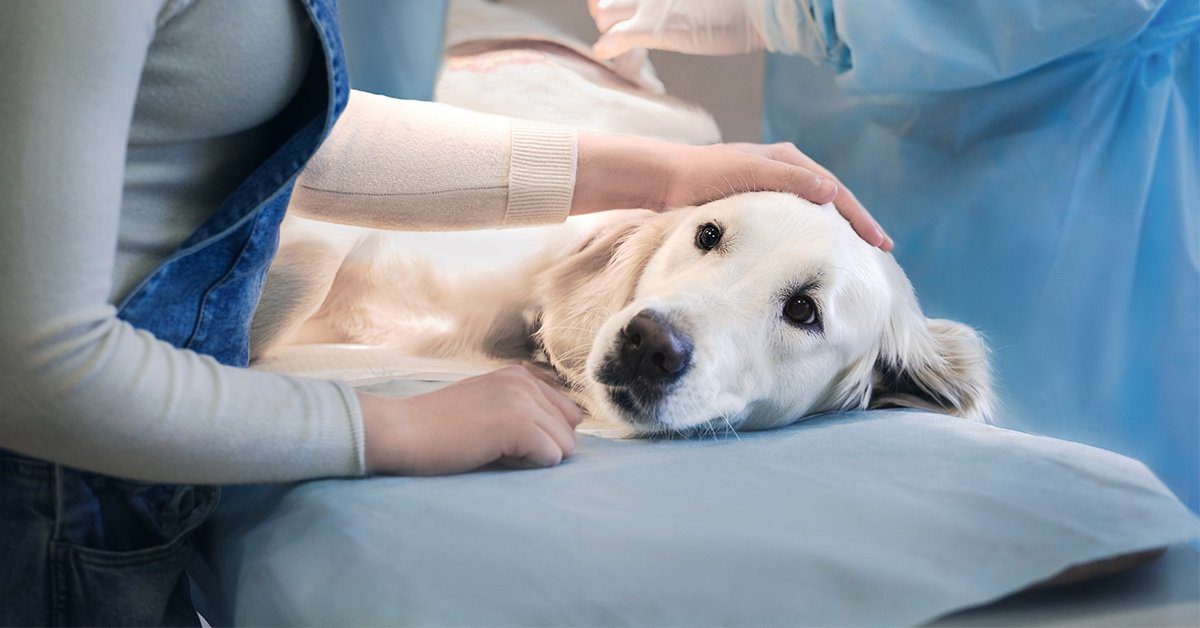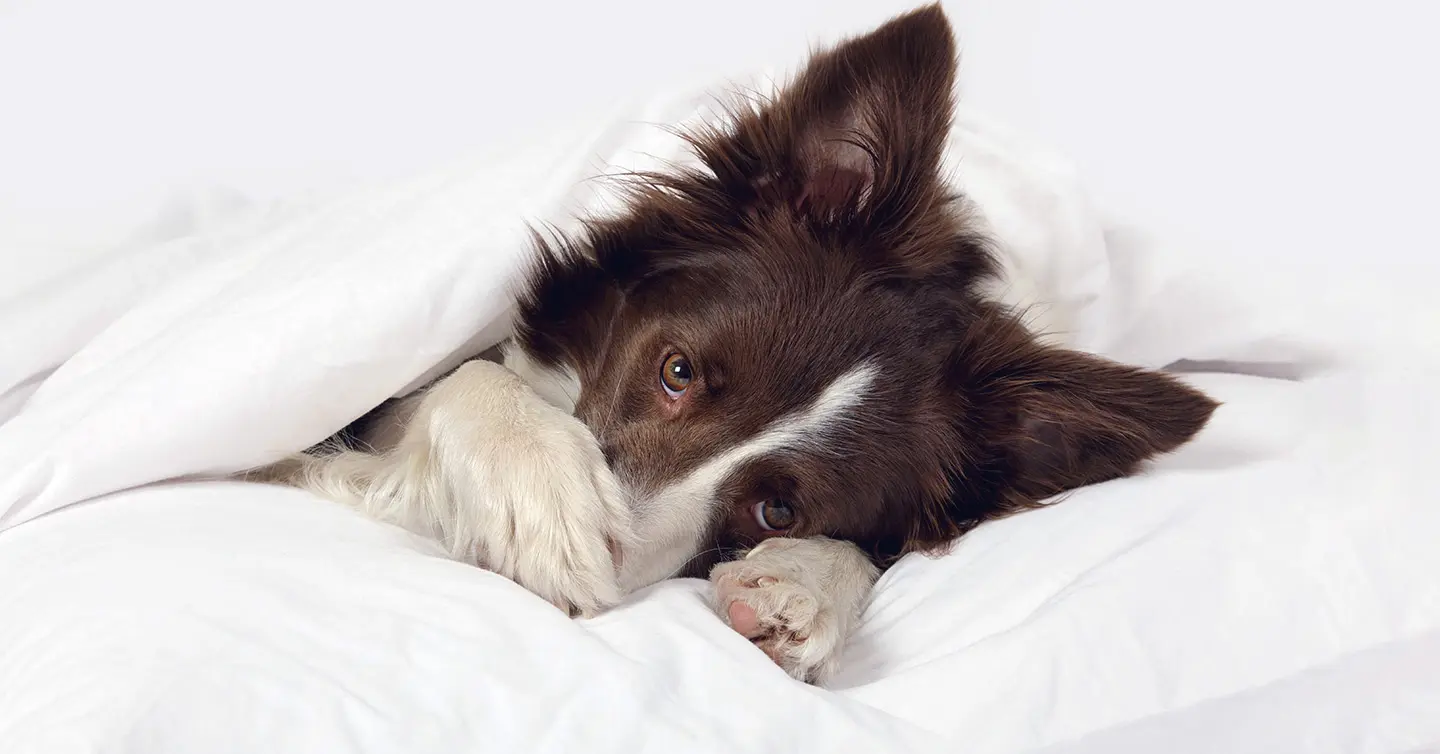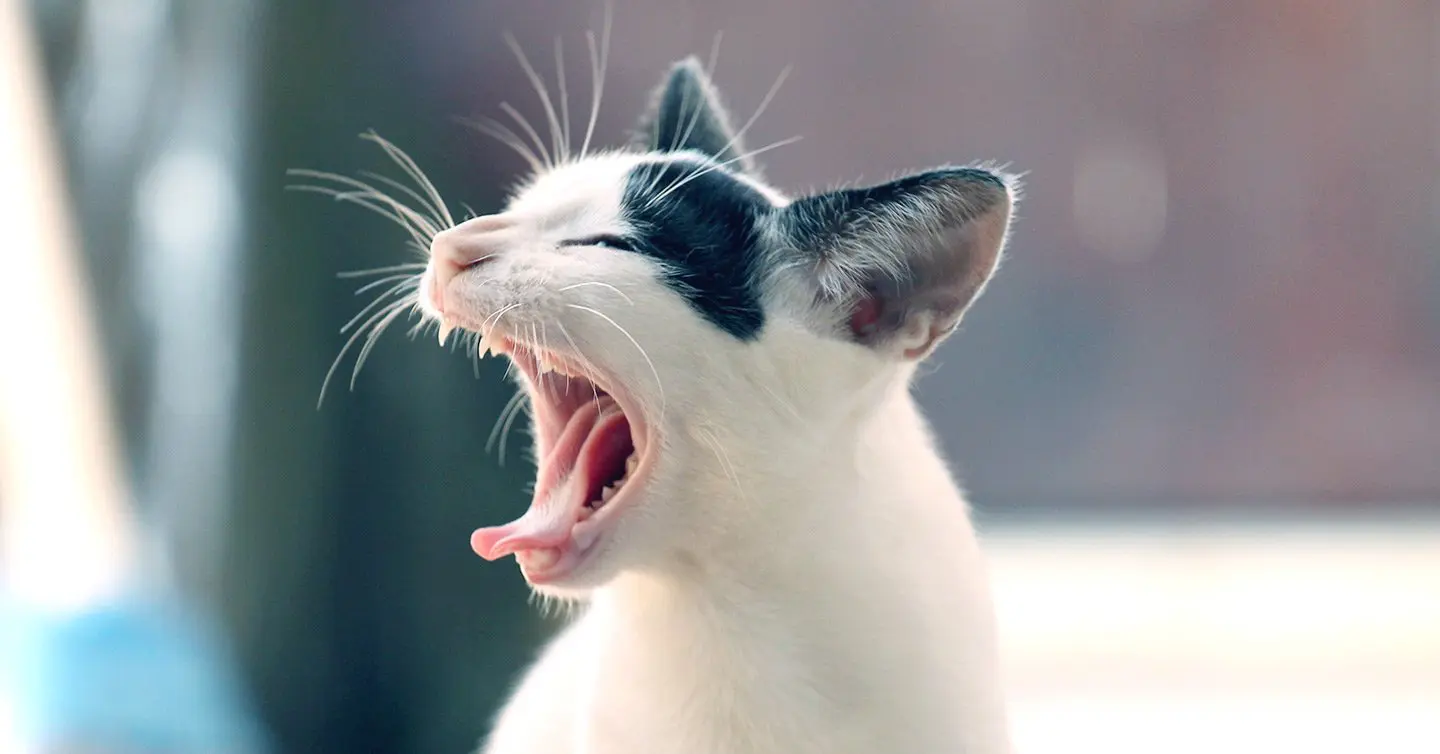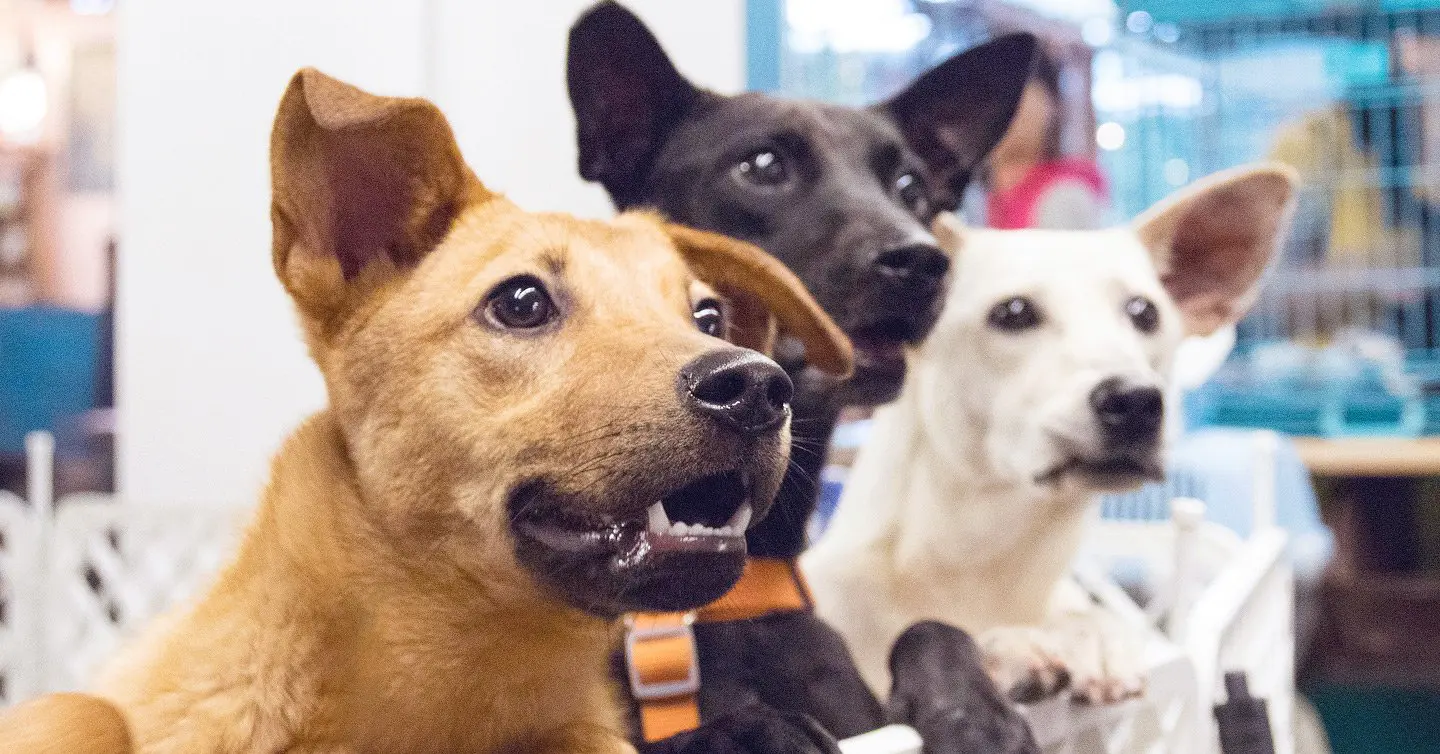Key Points
- With a pet insurance plan, you can potentially be reimbursed for surgical costs such as cancer, ACL surgery, dental surgery, and foreign object removal.
- After your deductible is met, Pumpkin Pet Insurance plans can provide up to 90% coverage for eligible vet costs, including surgical bills.
- Pet insurance reimburses you for unexpected vet costs related to covered accidents and illnesses.
You can puppy-proof the house, get your pets vaccinated, and keep a watchful eye on your extra-mischievous kitty, but you can’t stop every germ and mishap. Life is full of unexpected accidents, and serious injuries or illnesses can pop up when you least expect them. Surgery might be the last word you want to hear from your veterinarian, but sometimes it’s the best way to get your pet back to their happy, healthy self.
We all know that surgery isn’t cheap, and common pet surgeries can cost thousands of dollars. So, if you’re wondering if your pet insurance plan will help cover the bill, keep reading.
Does my pet’s insurance plan cover surgery?
We have good news: Many pet insurance plans, including Pumpkin Pet Insurance plans, can help cover eligible costs for surgeries to treat accidents, injuries, and illnesses. This means if your dog devours a couch cushion or your cat takes a fracturing fall, you can file a claim for reimbursement after you pay for their surgical procedure. And if you choose a provider like Pumpkin, you can get 80% or 90% cash back on eligible surgery bills.
Of course, with insurance claims, it’s always a case-by-case determination, and your plan will have a deductible that needs to be met before you can be reimbursed. Pet insurance also excludes pre-existing conditions. That means if your dog or cat was diagnosed with an illness or injured before their coverage starts, any related surgical costs will not be covered.
Your coverage will also depend on the type of surgery, your plan’s annual limit, and your reimbursement rate. Generally, the surgery must be a treatment for an eligible condition, meaning it must be medically necessary, not just cosmetic or elective such as spaying or neutering.Since every pet insurance plan has different terms, it’s best to consult a provider’s sample pet insurance policy for specifics.
How does pet insurance work?
If your pet gets sick or injured, you want to be ready to act. Pet insurance helps you say ‘yes’ to the best care and worry less about the cost.
Here’s how it works:
- Pay monthly or annual premiums: Your premium is based on factors like your pet’s age, breed, location, and the coverage levels you desire.
- Visit the vet: If your pet gets sick or injured, take them to the vet.
- Pay the bill upfront: You pay the vet bill out-of-pocket first.
- Submit a claim: File a claim with your pet insurance provider, including the vet bill and any other required documentation like medical records.
- Get reimbursed: If your claim is approved and your deductible has been met, you’ll be reimbursed for a set percentage of eligible vet costs, up to your plan’s annual limit (if your plan has a limit).
Most pet insurance plans have waiting periods before coverage kicks in, although this will vary by state. So, if your pet gets sick or hurt before the waiting period is over, those conditions wouldn’t be covered.
Remember: Many “cheap” pet insurance plans have low monthly premiums but low reimbursement rates and low annual limits, along with coverage exclusions or add-ons with extra monthly fees. However, all Pumpkin pet parents can count on high reimbursement rates and flexible annual limits, plus extensive accident & illness coverage with no costly add-ons.
Does pet insurance cover surgery for cancer?
As long as the cancer wasn’t diagnosed before you signed up for pet insurance, or during a mandatory waiting period, most cancer treatments can be covered. In fact, Pumpkin plans can not only help cover surgical costs related to cancer, but also the costs of other cancer treatments such as chemotherapy and radiation treatment.
Does pet insurance cover spaying or neutering?
While many vets recommend pets get spayed or neutered for health reasons, most pet insurance plans don’t cover this procedure. Spaying and neutering is considered a preventive care procedure, and so it’s usually excluded.
Most standard accident & illness pet insurance plans won’t cover claims related to preventive care, like annual checkups, vaccinations, flea, tick, and heartworm prevention, or yearly blood and fecal tests. However, some pet insurance providers do offer optional add-on wellness plans that can be purchased with insurance to help pay for these routine vet services. Depending on your state, you may have wellness plan options available to you. Most pet insurance providers include information on their websites if they have these offerings.
Does pet insurance cover cataract surgery?
Since cataracts are a common eye issue in older pets, many pet parents wonder if they’re covered by insurance. Generally, pet insurance plans that cover illnesses could cover cataract surgery and other necessary diagnostic tests. Of course, each claim is unique, and coverage depends on your specific policy. For instance, if the cataracts are a hereditary condition and your provider only includes this coverage as an optional add-on, your pet may not be eligible for coverage if you chose not to purchase the add-on.
Even if you learned about pet insurance late, some providers like Pumpkin offer insurance for older dogs. So, you can still provide the best care for your aging buddy without breaking the bank.
Does pet insurance cover ACL surgery?
Tearing an ACL as a human can be painful and recuperating can take time. In dogs and cats, a similar condition can occur referred to as tearing a CCL (cranial cruciate ligament). Fortunately, treatment and recovery are very straightforward for pets, and recovery times can be short compared to humans. There are a number of treatment options, but surgery is the most widely practiced. CCL surgeries come at a high cost though — $2,300 on average.
While many pet insurance plans cover CCL surgeries, not all will. We recommend checking a provider’s sample insurance policy to get clarity before you purchase –– especially if you have a breed where CCL repair is common, like Labrador Retrievers, Rottweilers, and Newfoundlands.
Most pet insurance plans that include orthopedic coverage can help cover eligible costs related to CCL surgeries, such as TPLO surgery (Tibial Plateau Leveling Osteotomy), a common surgical procedure to repair CCL tears.
It’s important to note that most pet insurance providers, including Pumpkin, have a waiting period. Pumpkin’s waiting period is 14 days or less, depending on your state. Any condition that occurs before or during that timeframe would be considered pre-existing and not eligible for coverage. For this reason (and for added peace of mind), it’s a smart idea to enroll in a pet insurance plan before you need to use it.
Does pet insurance cover BOAS surgery?
If your pet is constantly huffing and puffing, it could be BOAS (Brachycephalic Obstructive Airway Syndrome). This condition, common in “flat-faced” breeds like Pugs and French Bulldogs, makes breathing difficult.
Many pet insurance plans will cover BOAS surgery. But because the condition is usually breed-related, some insurance providers might deny these surgery claims if their policy excludes coverage for breed-specific and hereditary conditions, or if they offer this coverage as an optional plan add-on that the pet owner did not choose to purchase.
Luckily, Pumpkin Pet Insurance plans cover eligible surgery costs related to breed-specific conditions like BOAS as a standard plan benefit. At Pumpkin, we believe all dog and cat breeds should get the care they deserve.
Does pet insurance cover surgery for hereditary conditions or congenital conditions?
Hereditary conditions (or genetic diseases passed down from your pet’s parents) and congenital conditions (those present at birth, like heart defects) can be tricky.
While some plans cover eligible surgery costs to treat these conditions, it’s not always a given. For example, hereditary hip dysplasia that manifests later in life can often be covered if signs or symptoms start after your plan’s coverage kicks in. But if the signs or symptoms started before you enrolled in an insurance plan or during a waiting period, it would be considered pre-existing and excluded from coverage. Some cheaper plans may also exclude hip dysplasia entirely for certain breeds or impose upper age limits.
If you’re worried about hereditary conditions, Pumpkin plans offer extensive coverage for many hereditary and congenital illnesses. That said, no matter which provider you choose, it’s a good idea to enroll your pet when they’re still young and healthy to maximize coverage.
Does pet insurance cover surgery for pre-existing conditions?
Generally, no.
Pet insurance is designed to cover unexpected accidents and illnesses that manifest after enrolling in a plan.
Hiding a pre-existing condition could lead to claim denials later, so always be honest with your pet insurance provider about your pet’s health history and provide requested medical records. Getting insured while your pet is young can help you lock in the best coverage before anything pops up.
What treatments besides surgery does pet insurance cover?
Pet insurance plans provide accident and illness coverage, including eligible surgical costs. You can file claims after paying vet bills for broken bones, swallowed objects, and sudden illnesses. If the claim is approved, you’ll be reimbursed for covered costs.
Pet insurance can also help pay for eligible diagnostic and treatment costs such as:
- Diagnostic testing and lab exams (like blood tests, X-rays, MRIs, or ultrasounds)
- Advanced care like chemotherapy and stem cell therapy
- Prescription medication, supplements, and even food for covered conditions
- Rehabilitation therapies including alternative therapies like acupuncture, hydrotherapy, and chiropractic care
Pumpkin’s coverage even extends to dental illness care, including cleanings and tooth extractions for all-too-common issues like periodontal disease. In addition to surgery, you can also get help paying for prescribed medications to help with pain management during recovery.
What other limits of surgery coverage should I know about?
While pet insurance can be a lifesaver for unexpected surgical costs, there are limits.
Typically, your pet insurance plan will only cover surgeries prescribed as a treatment for an accident or illness by your vet. Besides pre-existing conditions, they’ll likely also exclude:
- Elective surgeries: Surgeries you choose to get that aren’t related to an accident or illness, such as removal of benign skin growths.
- Cosmetic surgeries: Surgeries that aim to alter a pet’s appearance and aren’t medically necessary, such as ear cropping or tail docking.
- Spaying, Neutering, and Pregnancies: These surgeries are generally excluded unless they are required as treatment for an eligible medical condition.
Some pet insurance providers also have additional limitations and exclusions based on your pet’s age or breed. Always make sure you read the fine print!
How does pet insurance help cover surgery costs?
For starters, dogs and cats will eat anything! Because of this superpower, surgical procedures are more common than you might think. For example, let’s say your dog swallows a mystery “foreign object” and needs emergency surgery to remove it from their intestines. Depending on the severity and danger of the blockage, this surgery could cost anywhere from $2,500 to $16,000 according to Pumpkin Pet Insurance claims data from 2024-2025. While you may have to pay for this treatment upfront, you can file a claim with your pet insurance provider so you aren’t on the hook for all those out-of-pocket costs.
Depending on your chosen plan, you’d get reimbursed for a percentage of your eligible vet bills. With Pumpkin plans, all pet parents have the option to get 90% cash back on covered surgical bills. Let’s take a look at a real-life example from a Pumpkin pet:
“Argus managed to swallow rocks on four different occasions as a puppy. He had four surgeries. Our Pumpkin insurance plan helped cover all of them without question. Argus is now three years old, healthy, and no longer swallows rocks.”
-JoAnn, Argus’s Parent1
Caption: Argus, a 2-year-old Terrier mix, curiously swallowed rocks as a puppy.
JoAnn paid a total of $12,054.48 for the four separate surgeries to remove the rocks that Argus swallowed. Since JoAnn had already met her plan’s deductible and had a high annual limit, her Pumpkin plan was able to reimburse her for 90% of Argus’ eligible bills –– a total of $10,644.37!
When life throws you a costly curveball
Any time your pet has an emergency surgery, you’re going to feel some stress. But with a top pet insurance provider on your side, you’ll have peace of mind knowing a big chunk of eligible vet bills can be covered. So, when the unexpected happens, you can focus on what matters: getting your pet the care they need.
The right pet insurance plan puts your pet’s needs front and center. Whether you’re a proud cat parent or a dog’s best friend, your pet deserves a long, healthy life with you.
Pumpkin understands this — get a quote today and take your first step towards helping your pet get the care they deserve.
Disclaimers
1 Testimonial provided by Pumpkin Pet Insurance Program member. The views and opinions expressed in this testimonial are solely those of the individual providing the recommendation. Coverage options, policy terms, and customer experiences may vary based on personal circumstances and the specific insurance provider’s policies.
DISCLOSURE




